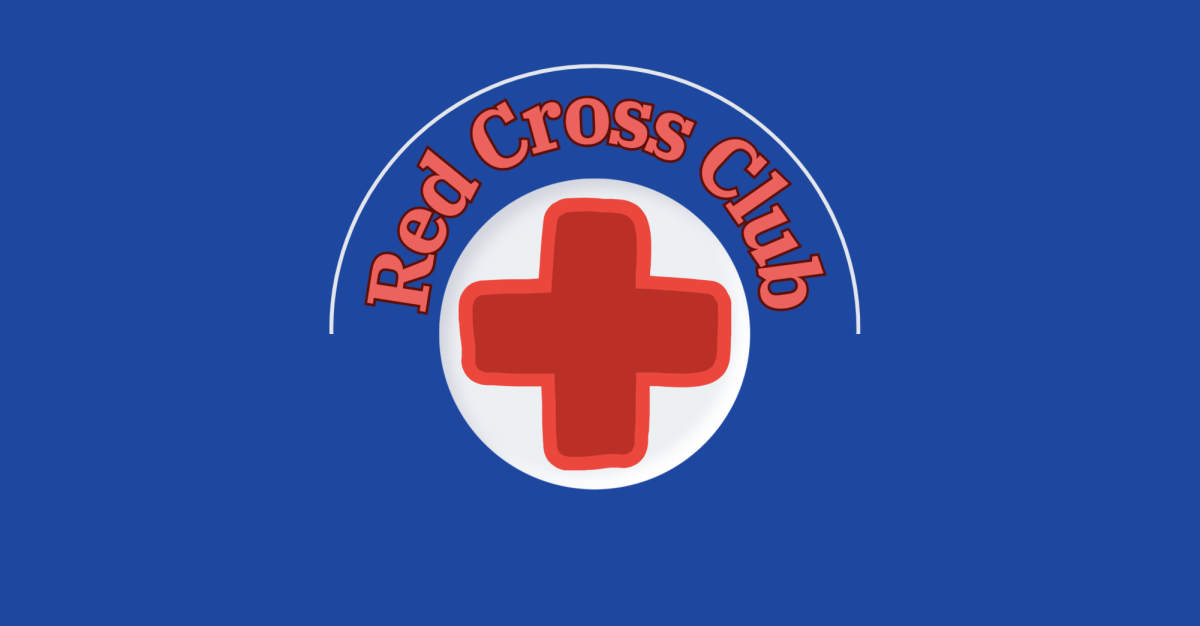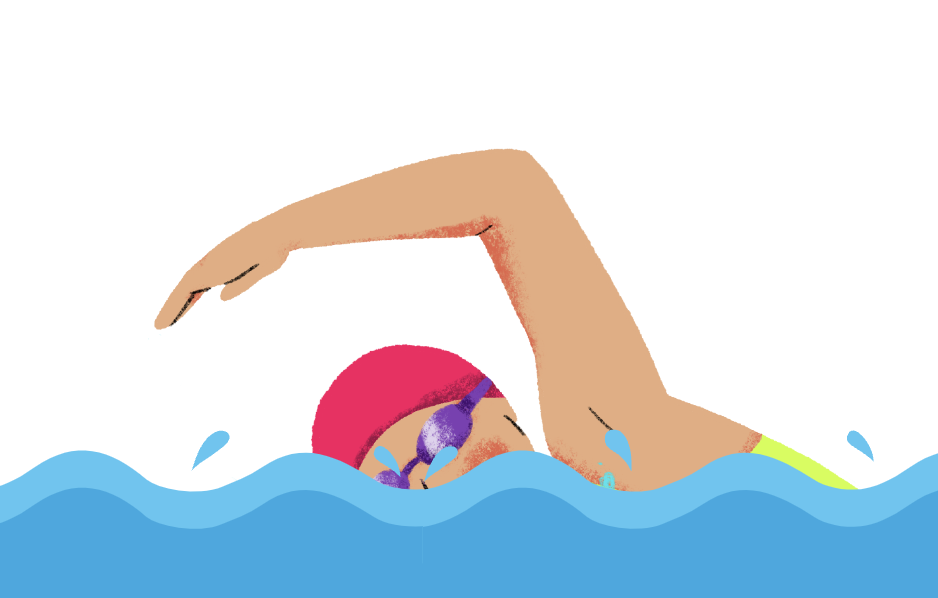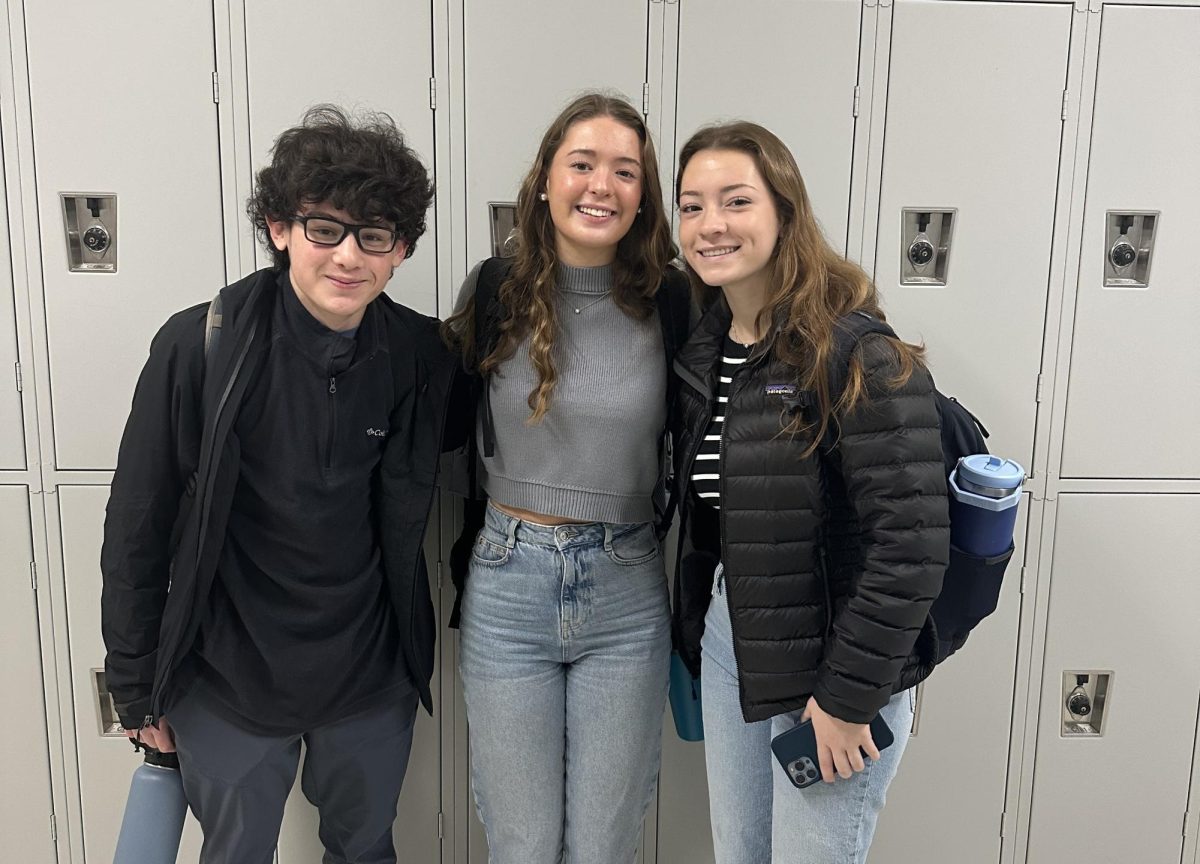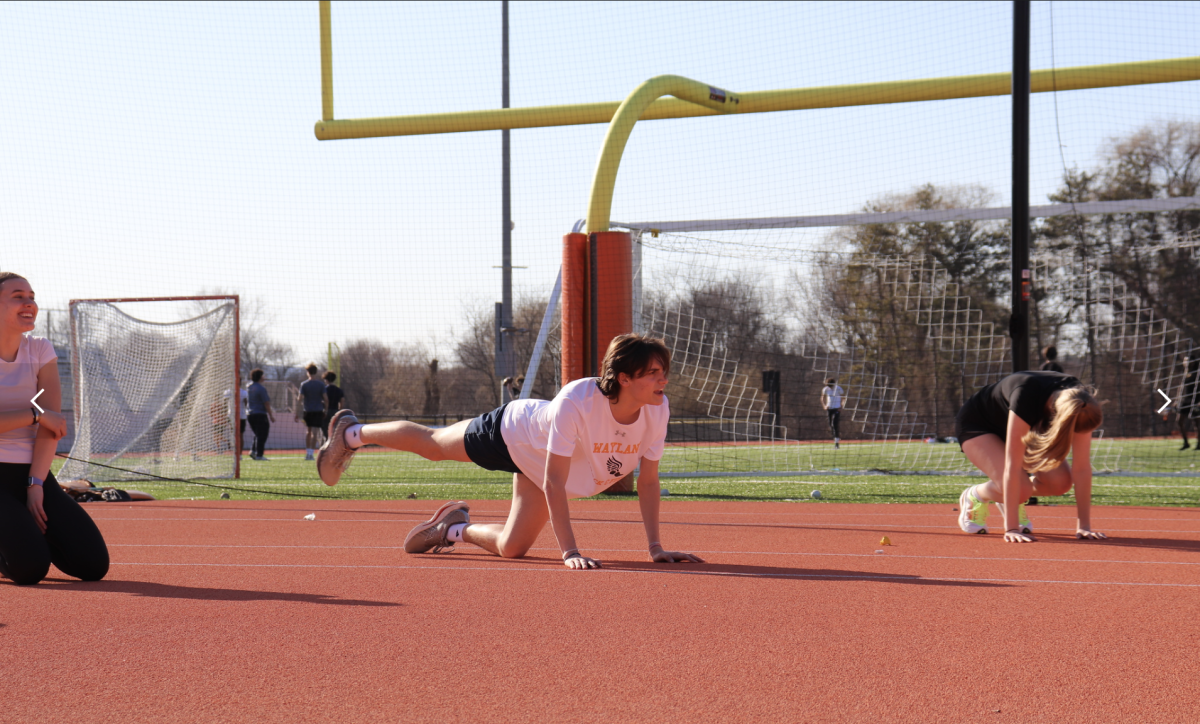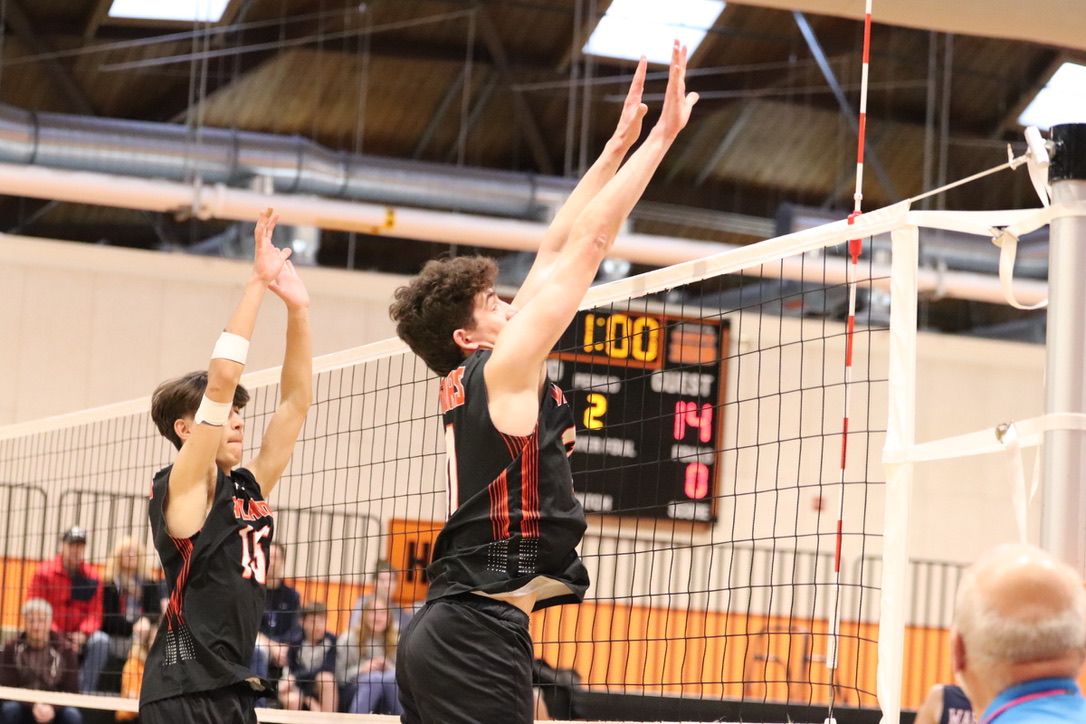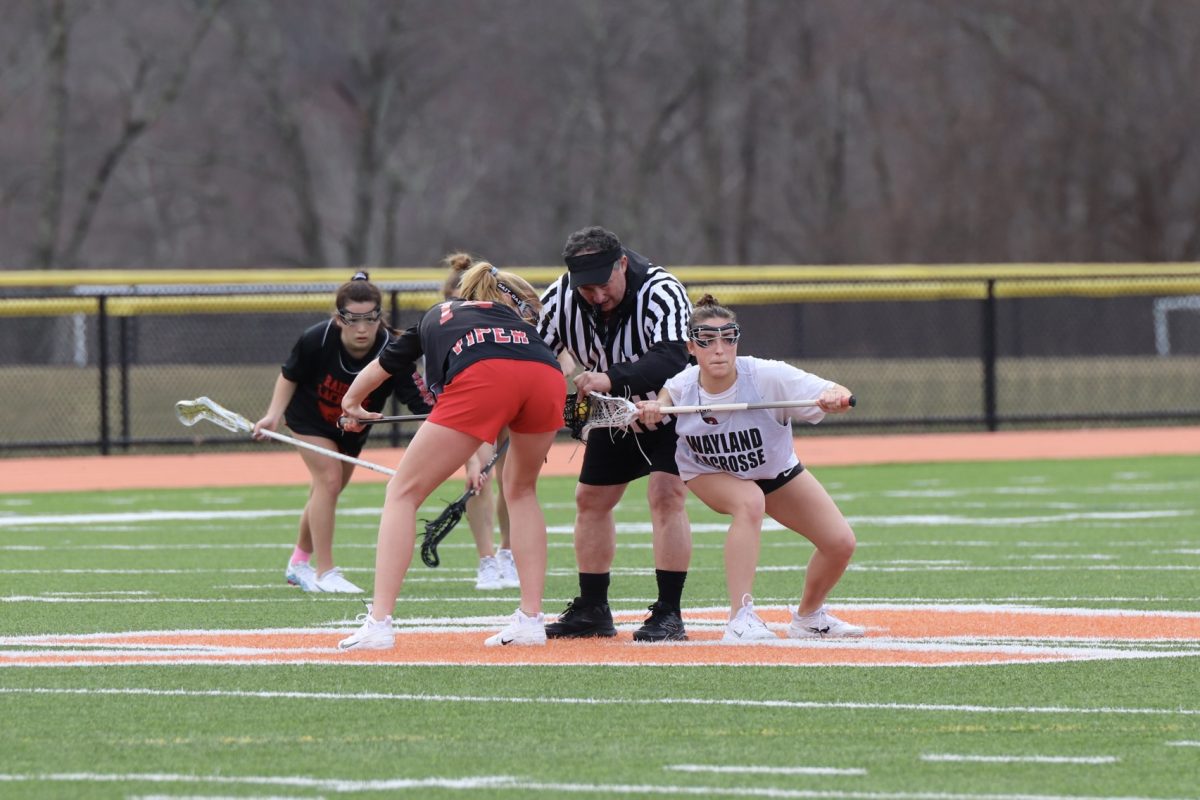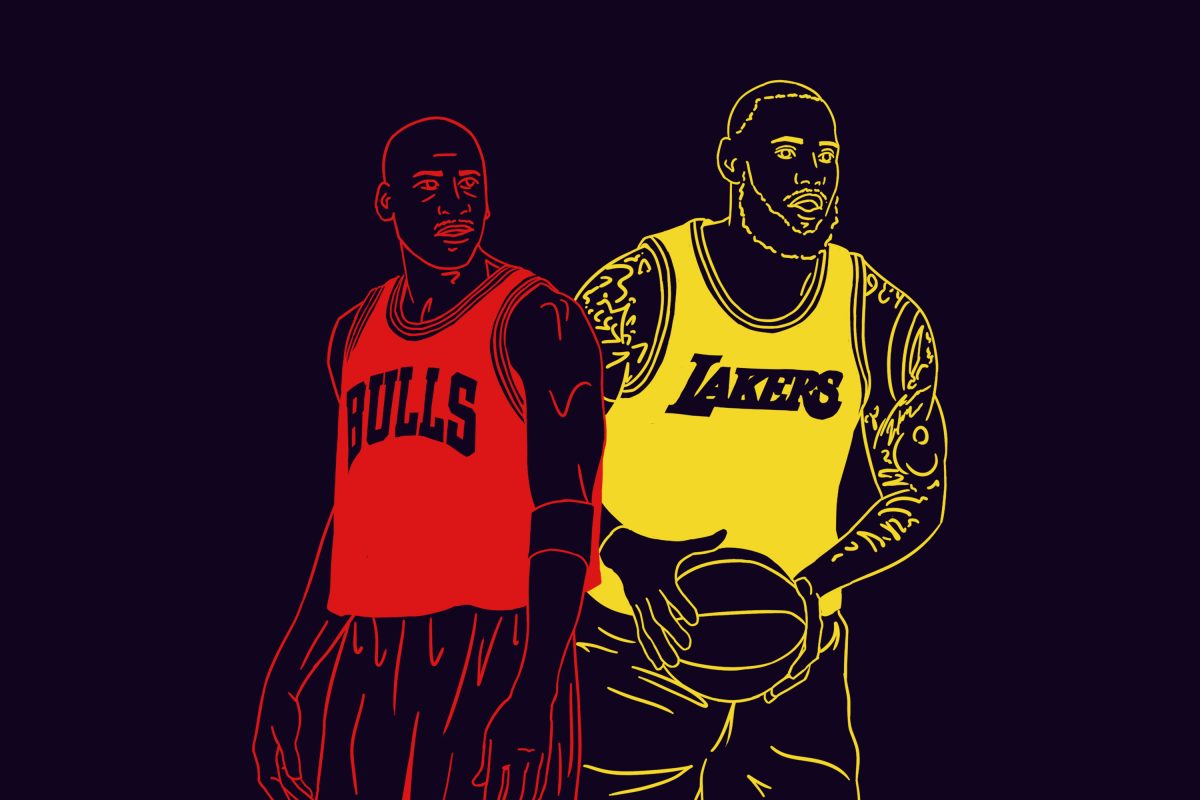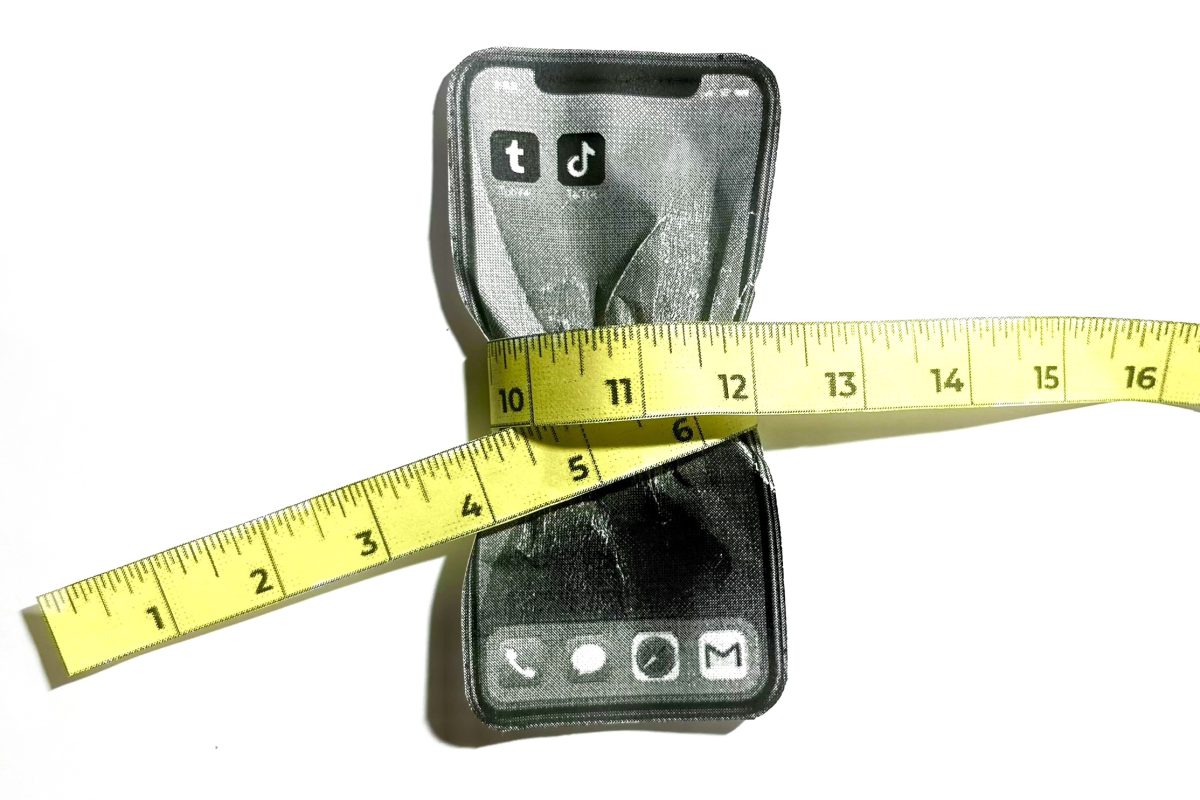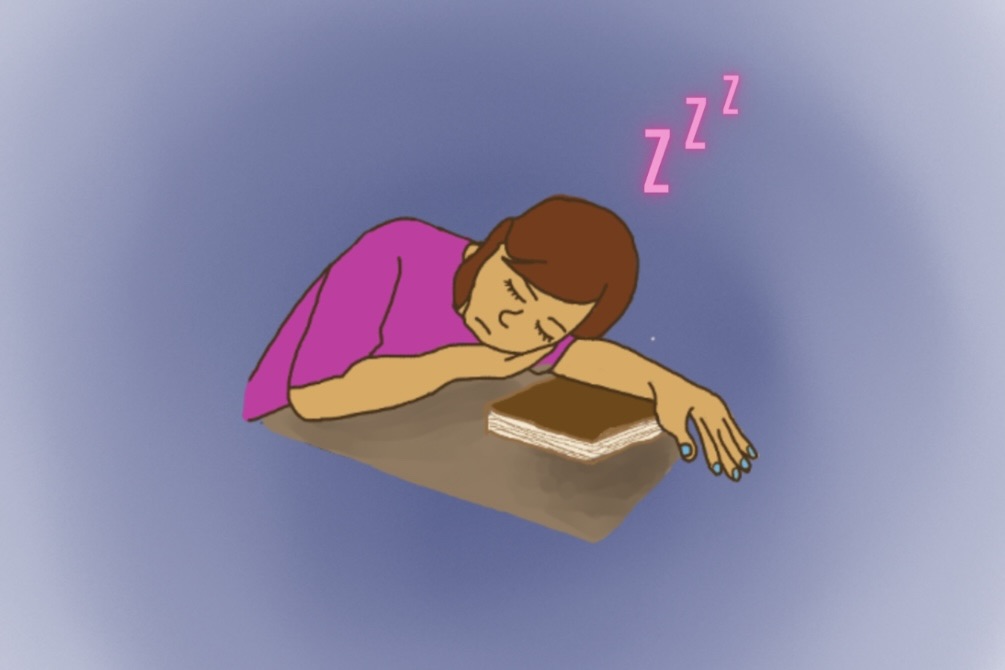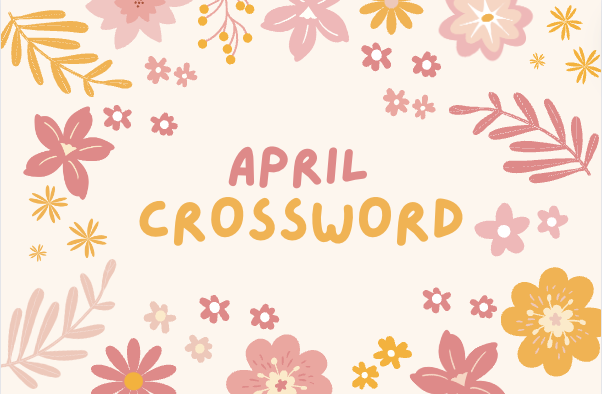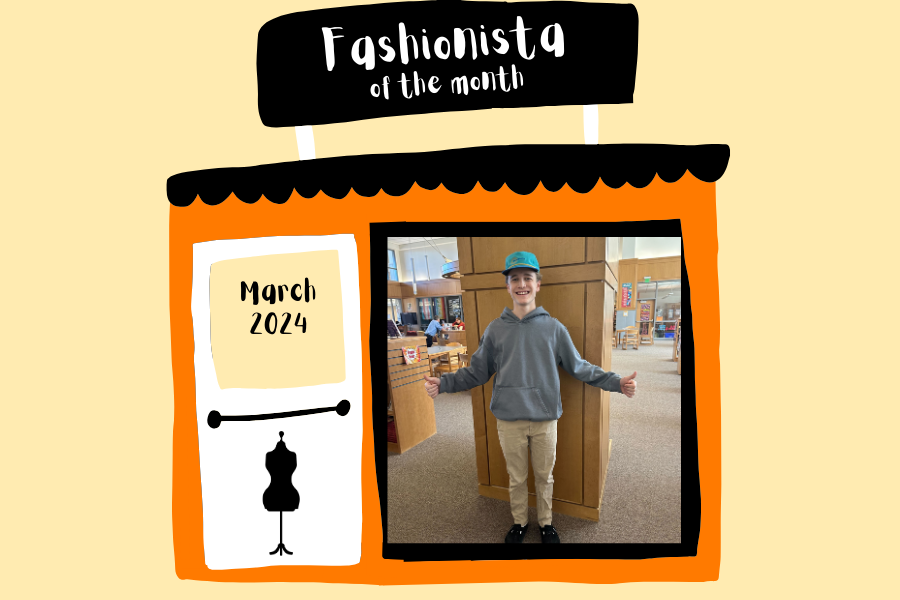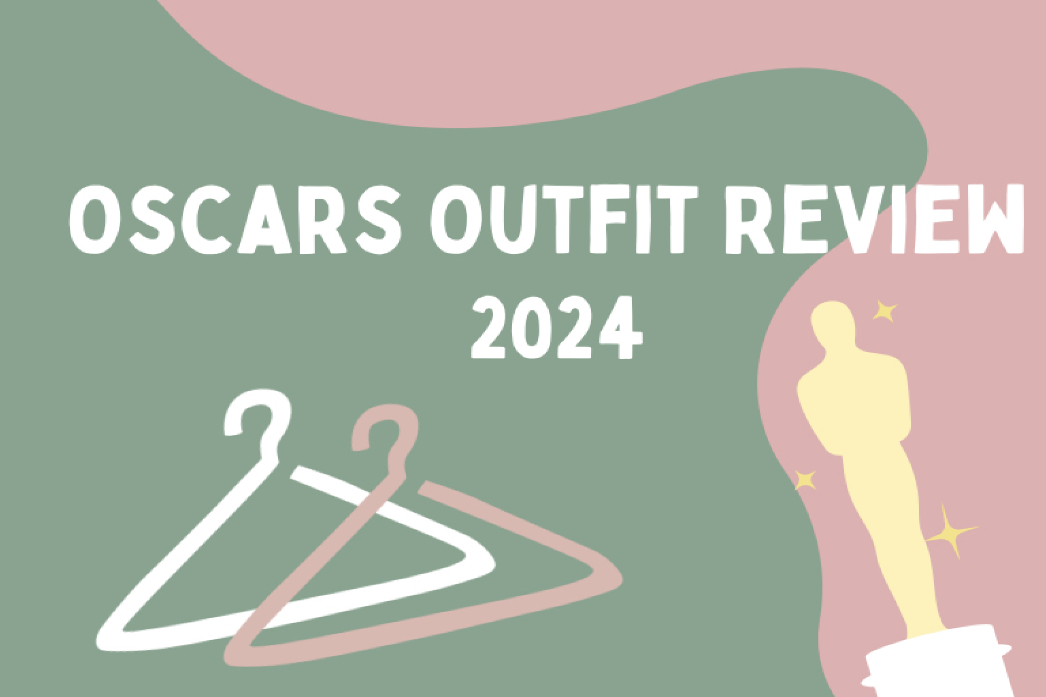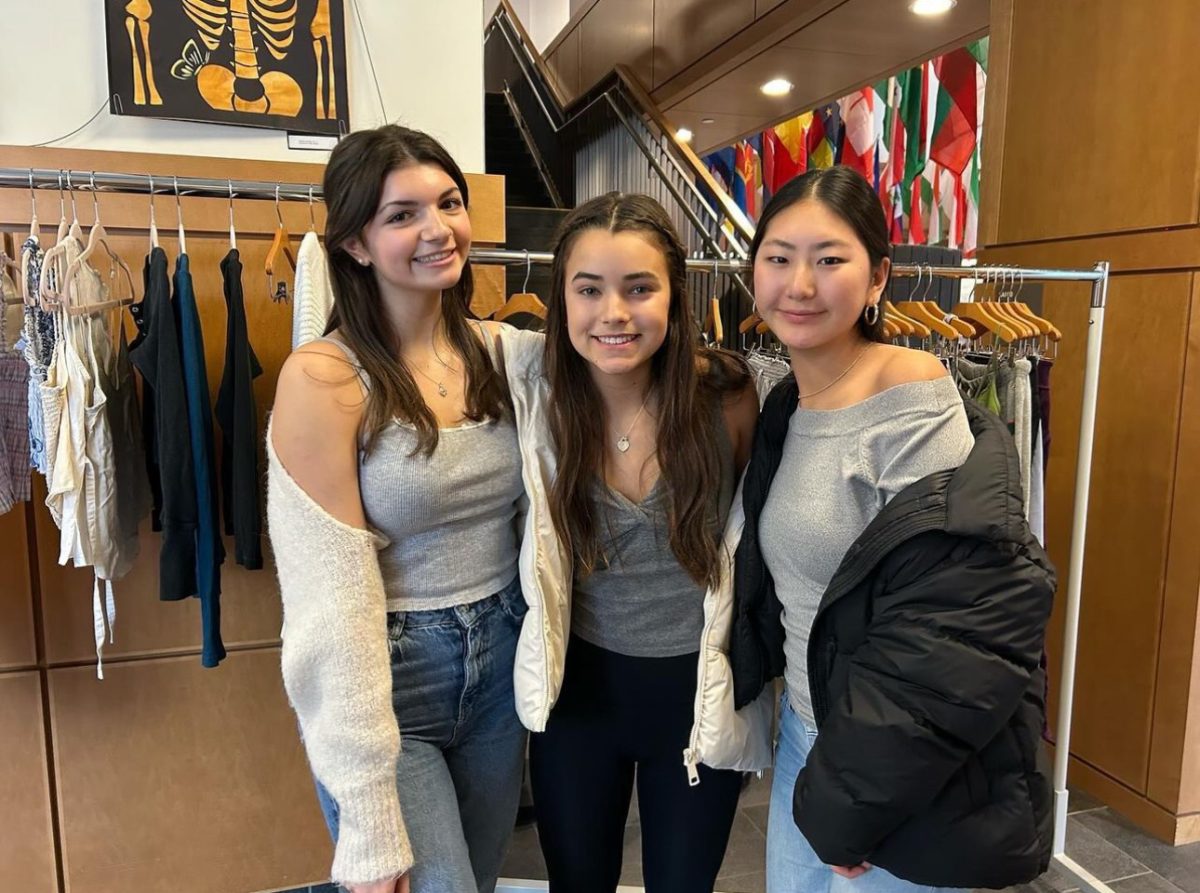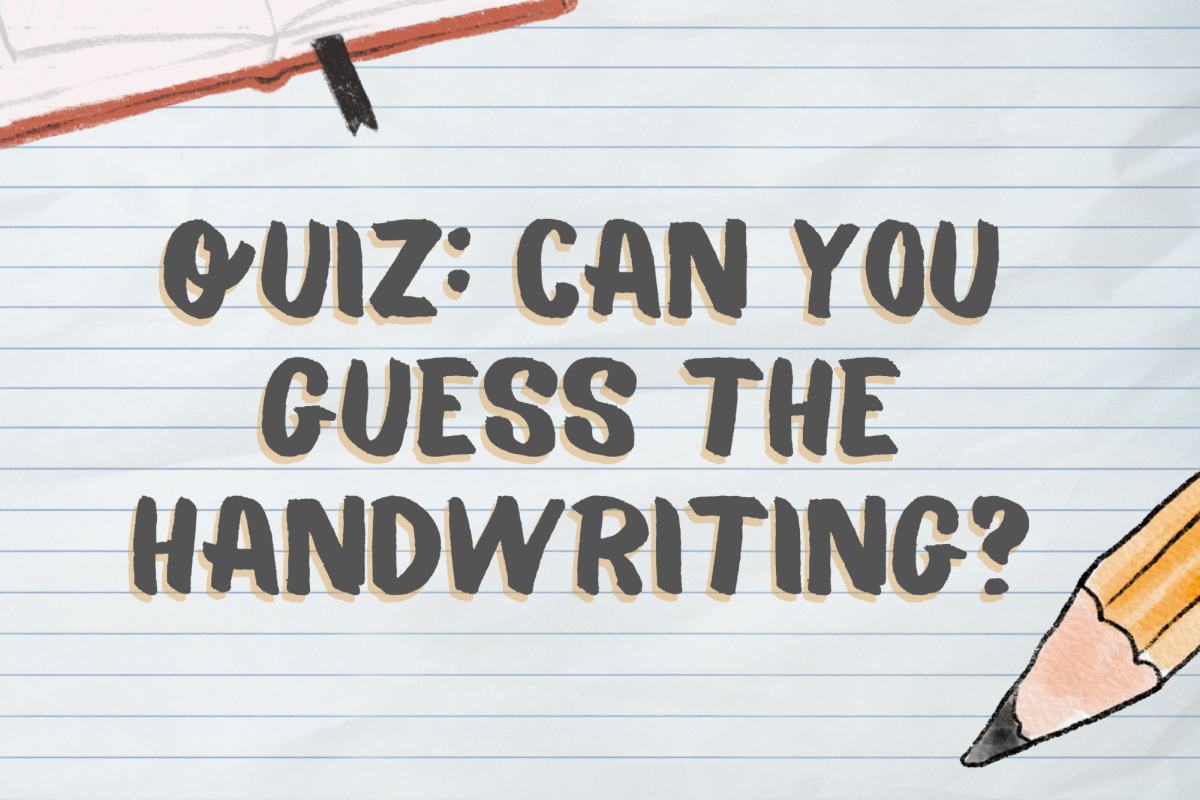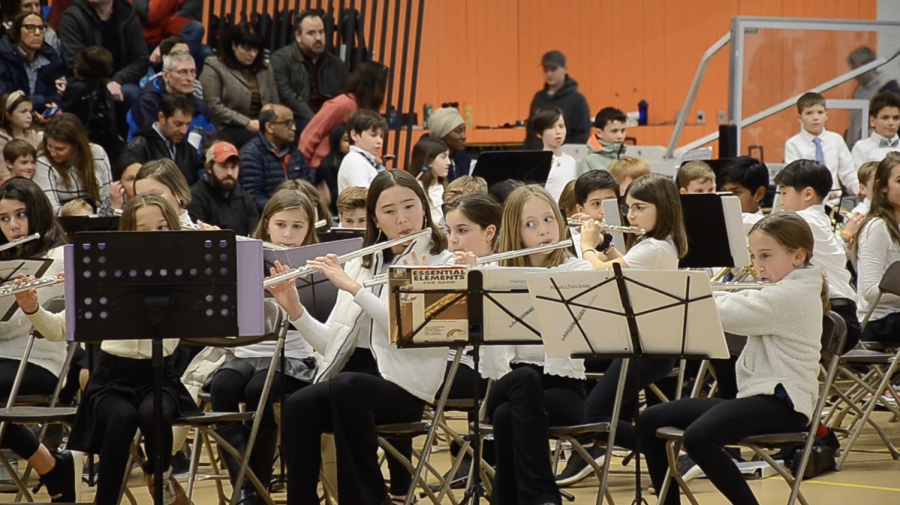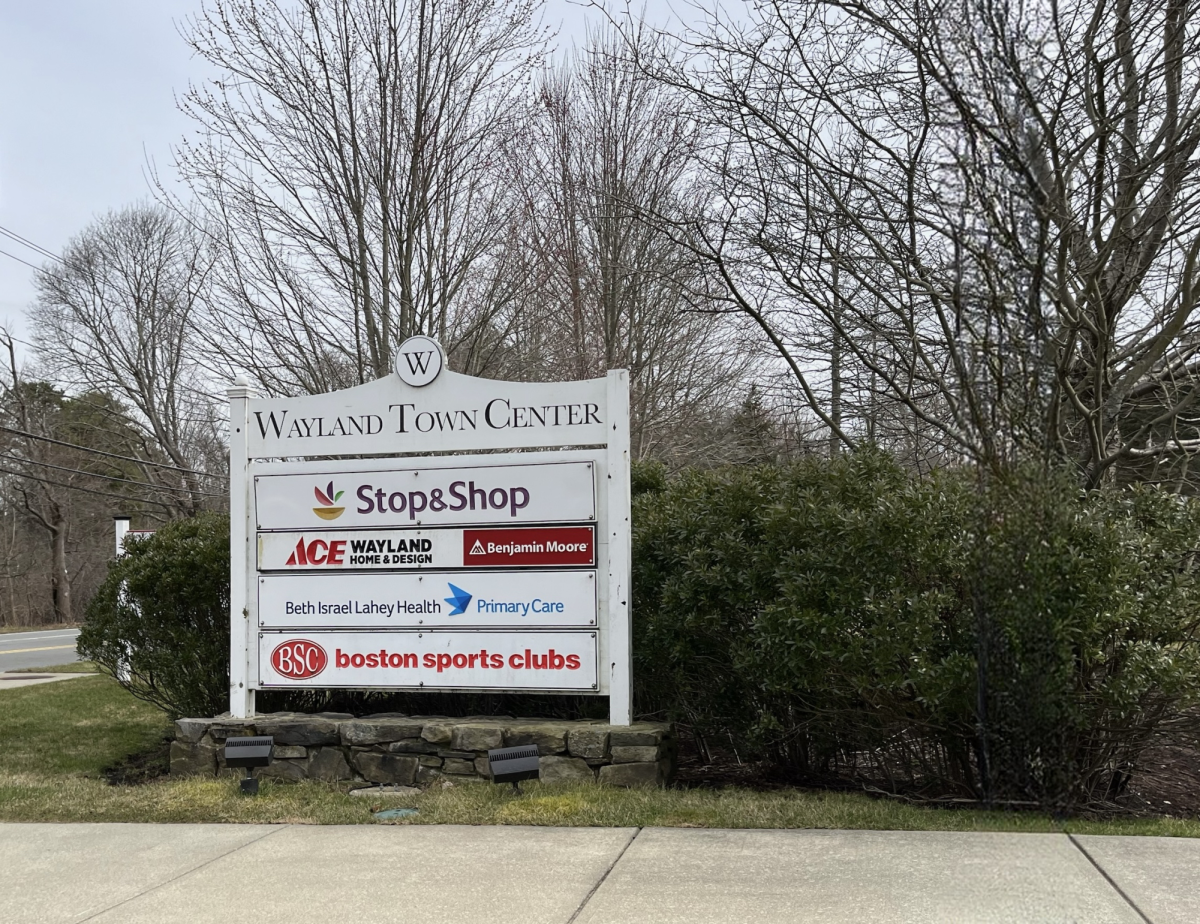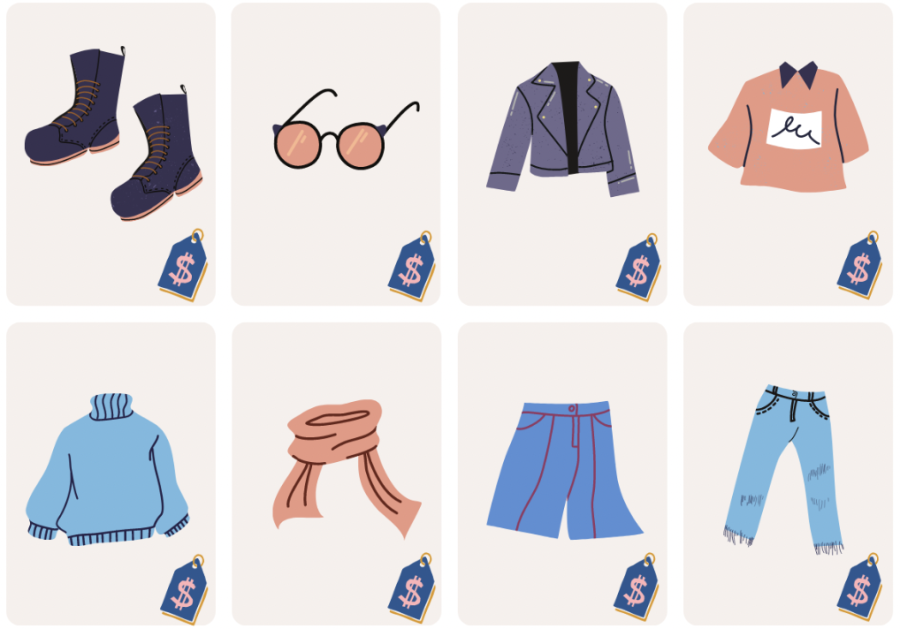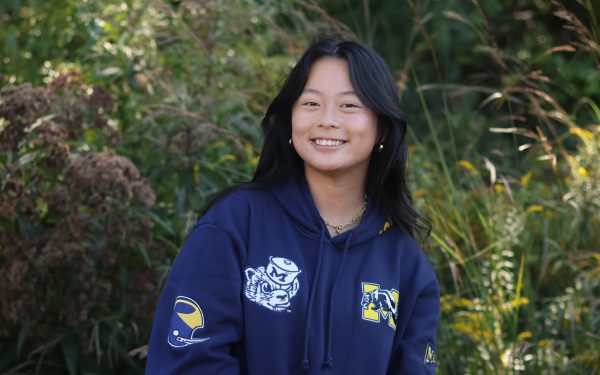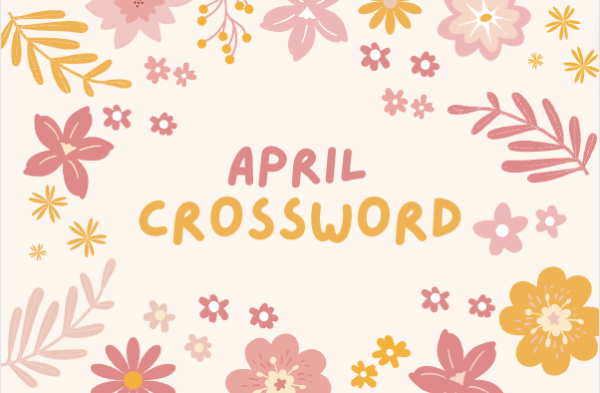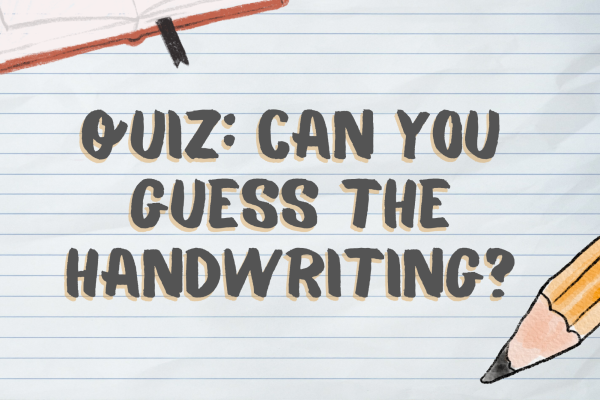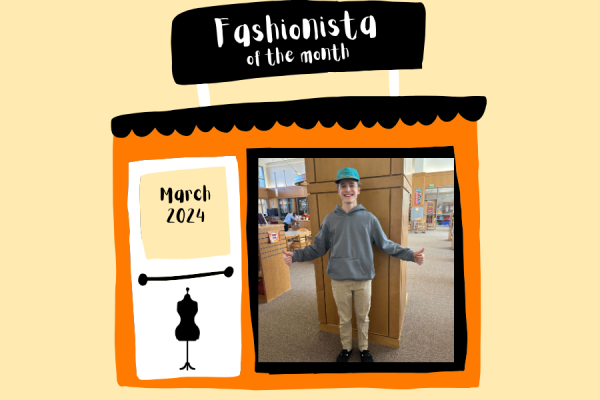A step towards sustainability: Reselling clothes on Instagram
Credit: Hallie Luo
WSPN’s Hallie Luo and Jenny Shine discuss the recent creation of Instagram reselling accounts by WHS students.
November 5, 2022
As trends move quicker and as overconsumption of clothing continues to accelerate, the option of secondhand clothing is becoming more affordable and sustainable. Several Wayland High School students have taken this idea a step further by selling their barely worn clothing to their fellow Wayland classmates via Instagram.
On these social media accounts, students make a post for every item they wish to sell. Sellers list their clothes with a photo, a small description and the listed price of the item. Followers are then able to comment under the post if they want to purchase the item, as it is first come, first served.
“Over quarantine, a lot of people were selling their clothes,” junior Lilly O’Driscoll said. “We didn’t really use [the account], but now we’ve jump-started it again and have been selling our lightly worn stuff.”
O’Driscoll sells her clothing along with her junior friends: Lily Mele, Talia Macchi, Abby Raftery and Maggie Melander, on their Instagram account, @5scloset. Each of them individually lists items from their own closets. The account has over one hundred followers, many of which are WHS students.
“[Instagram] is just kind of easier because it’s [sold] to the people in your community or the people you know,” O’Driscoll said. “It’s a lot easier because on other apps for selling clothes, you have to pay fees and shipping.”
O’Driscoll and her friends avoid listing clothes that may be damaged or stained, and alternatively, they do not sell pieces that don’t fit them or that don’t align with their current style. The main goal for selling their clothes is to clean out their closets while also making some extra cash.
“Nothing is really [listed] above $10 unless it’s something very nice or something new,” O’Driscoll said. “Everything is usually pretty cheap.”
The easiest way to be paid, O’Driscoll found, was through Venmo. Once a buyer purchases an item, they can easily send the money through a QR code off of Venmo. Then, O’Driscoll can bring it to school, where she can hand-deliver the item to the buyer or drop it off at their house. This system allows buyers to avoid expensive shipping, as both sides of the exchange live in Wayland.
“Since my friends and I can all drive, we drop it off at people’s houses or keep it in our cars for them to pick up,” O’Driscoll said. “If they don’t have Venmo, they can also just hand us cash when we give [the item] to them.”
Students during the school year are sometimes busy and don’t have time to shop for new clothes. This method of efficient transactions makes it easy for students to buy at a low price while also staying fashionable.
“I saw a shirt that I was going to buy from Zara, but the line was super long as always,” junior Belle Peredna said. “When I checked Instagram, I saw that Talia Macchi had posted the exact shirt for only $5.”
Although it’s a unique idea, some students have found starting an Instagram reselling account to be a failure. Unless the item is extremely popular or desirable, it might be difficult to get a small audience to purchase something that is considered outdated.
“I listed like over 30 items on our account,” junior Annika Martins said. “I think none of them sold because a lot of it was stuff from brands like J. Crew or Hollister that aren’t super popular anymore, and I think I could’ve taken better photos.”
Since many teenagers have become accustomed to the constant consumption of clothing, the business of fast fashion has only skyrocketed. Purchasing secondhand items are one of the many ways someone can support sustainable fashion, whether they get these items from friends, thrifting or reselling apps such as Poshmark or Depop. According to the BBC, 85% of our clothing and textiles are thrown away and end up in landfills, while only 15% are donated or recycled.
“It’s bad for the environment to keep buying new clothes when there’s perfectly good clothes out there,” O’Driscoll said.
If you’re looking for some new clothes to add to your closet, check some of these secondhand reselling accounts out.
“I definitely suggest everyone try and resell their clothes,” O’Driscoll said.



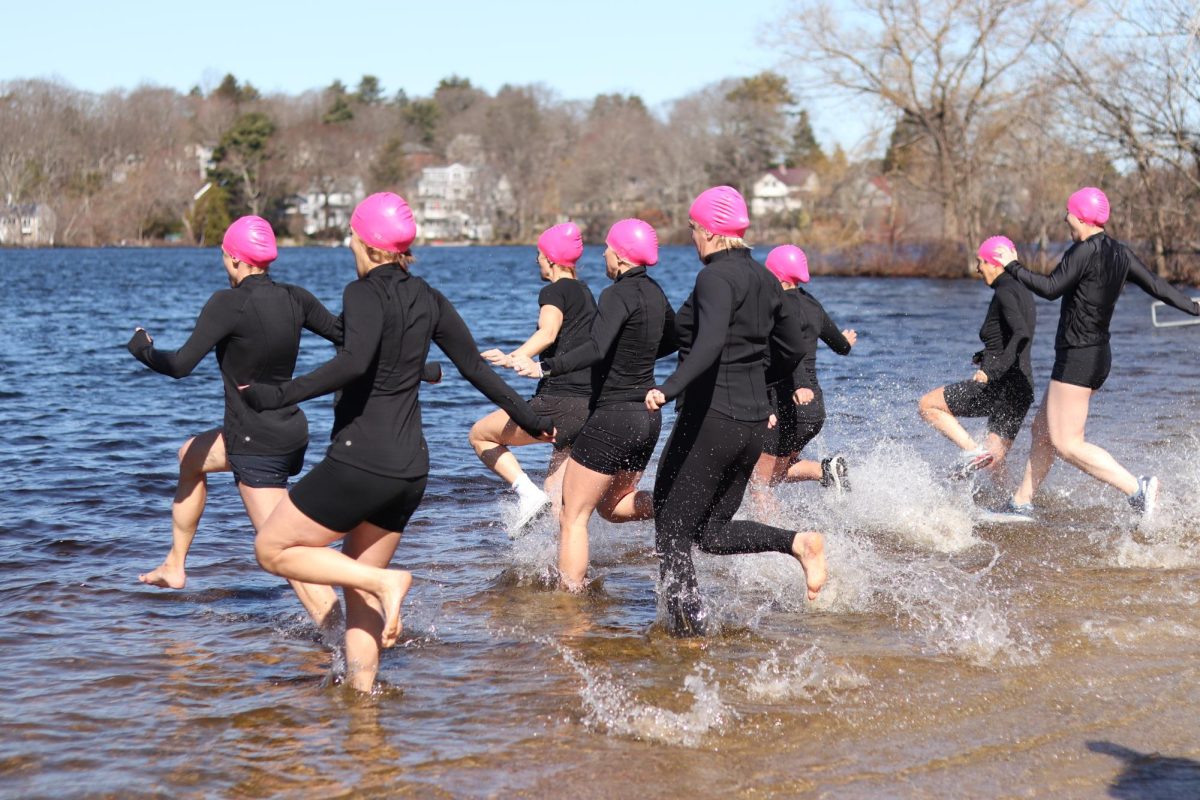
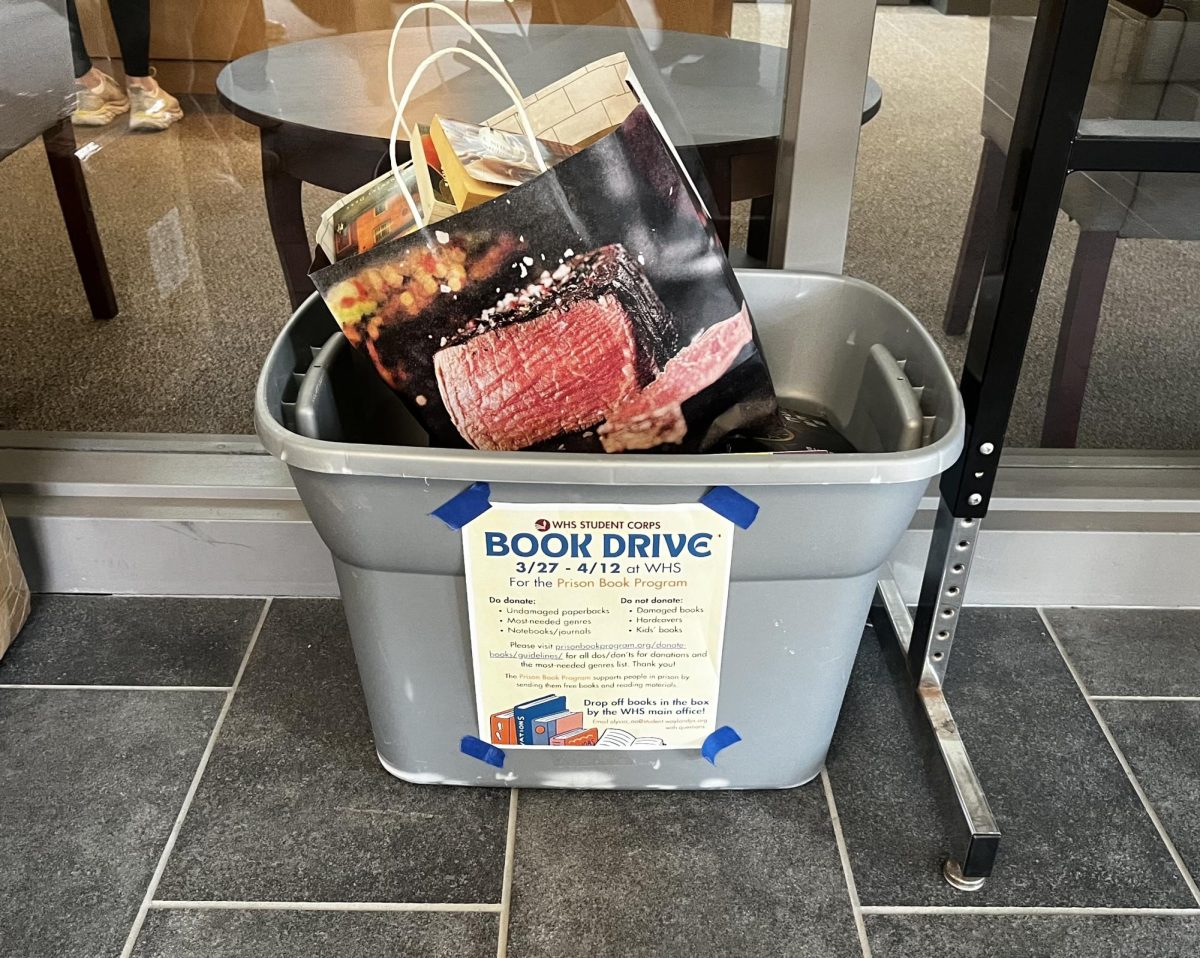



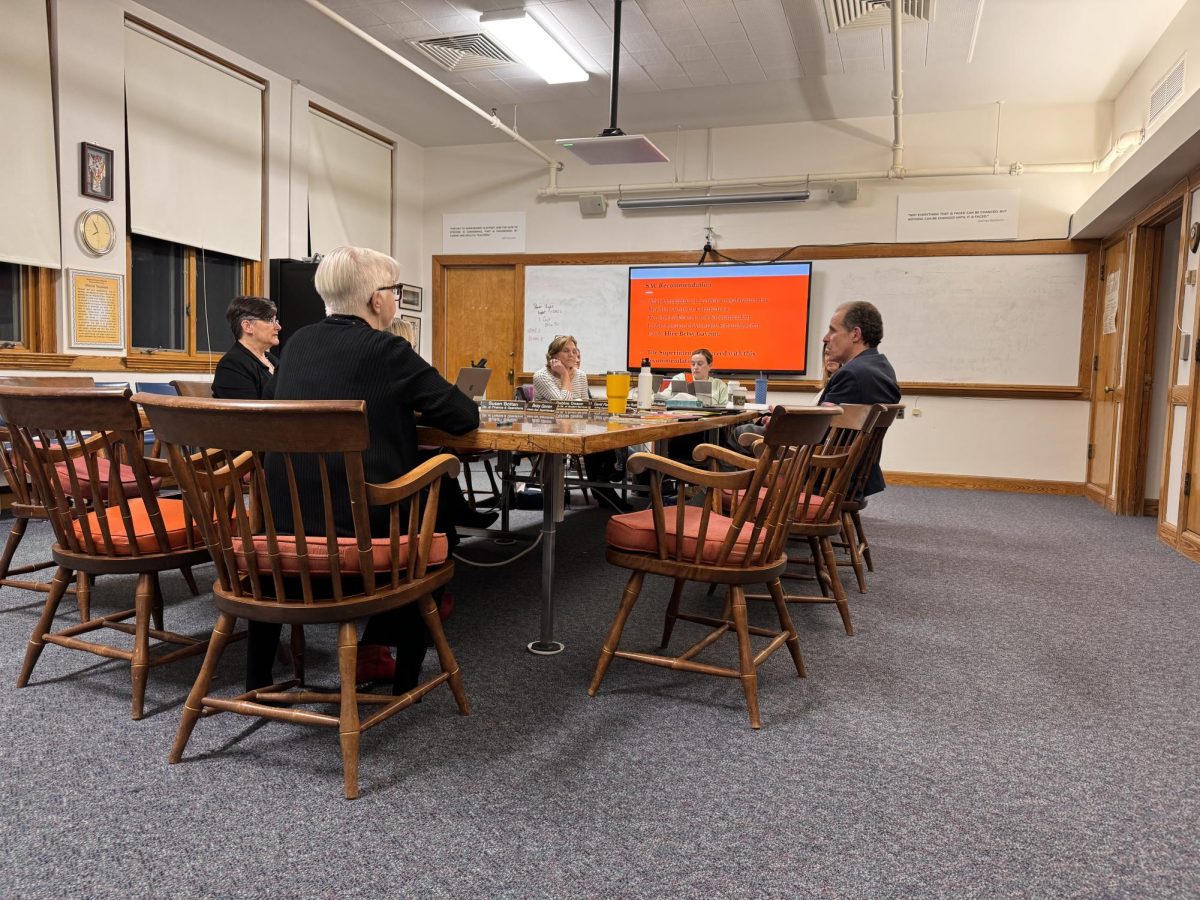


![WSPN staff reporter Marisa Mendoza sits down with Dr. Peggy McIntosh to discuss her work regarding white privilege and how she hopes her work will be influential for years to come.
The purpose of [my published] papers was to say that the public roles we are asked to play are filled with fraudulence, McIntosh said. People in high places, even the president, are fraudulent. We must not let other people make us feel like frauds. Let us continue to spot fraudulence in the public roles we are asked to play.](https://waylandstudentpress.com/wp-content/uploads/2024/04/IMG_7403-scaled-e1714358061368.jpg)
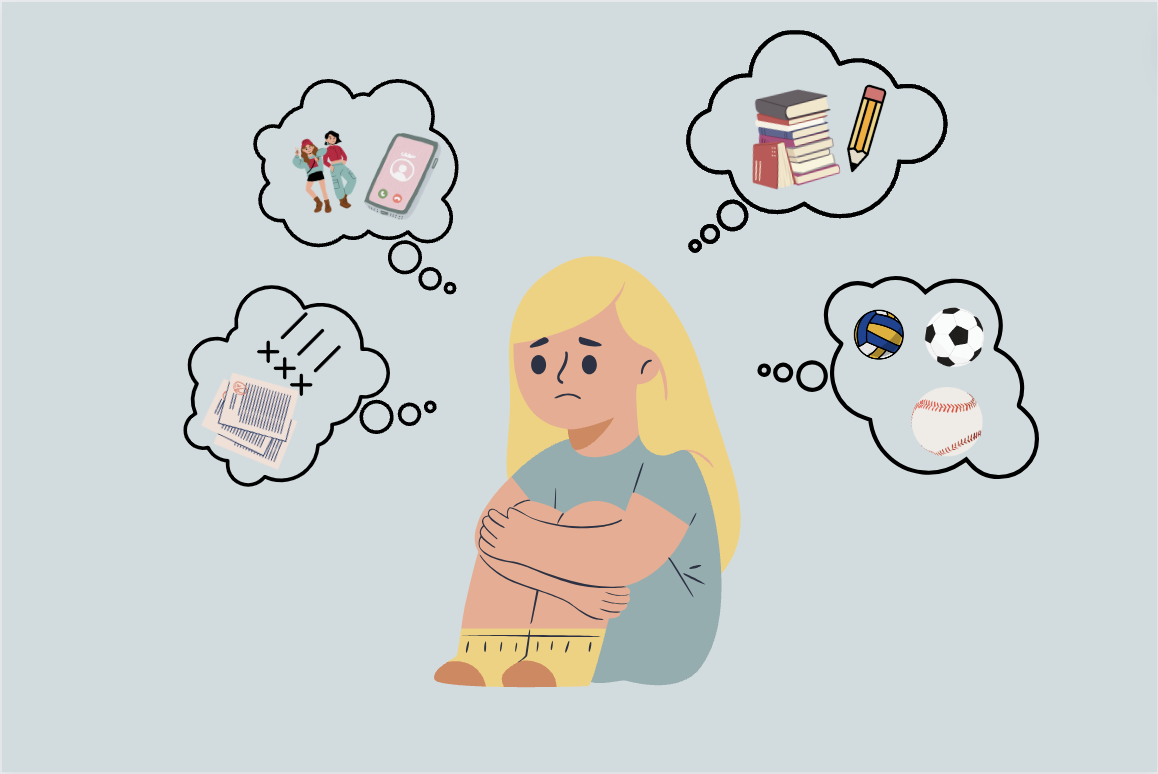
![WSPN’s Annika Martins and Maddie Zajac explore the athletic life of senior Annabelle Zhang through her badminton career. “This [photo] is me and my former partner after we won the 2022 junior nationals mixed doubles category,” Zhang said.](https://waylandstudentpress.com/wp-content/uploads/2024/04/IMG_6629-1200x900.jpg)


